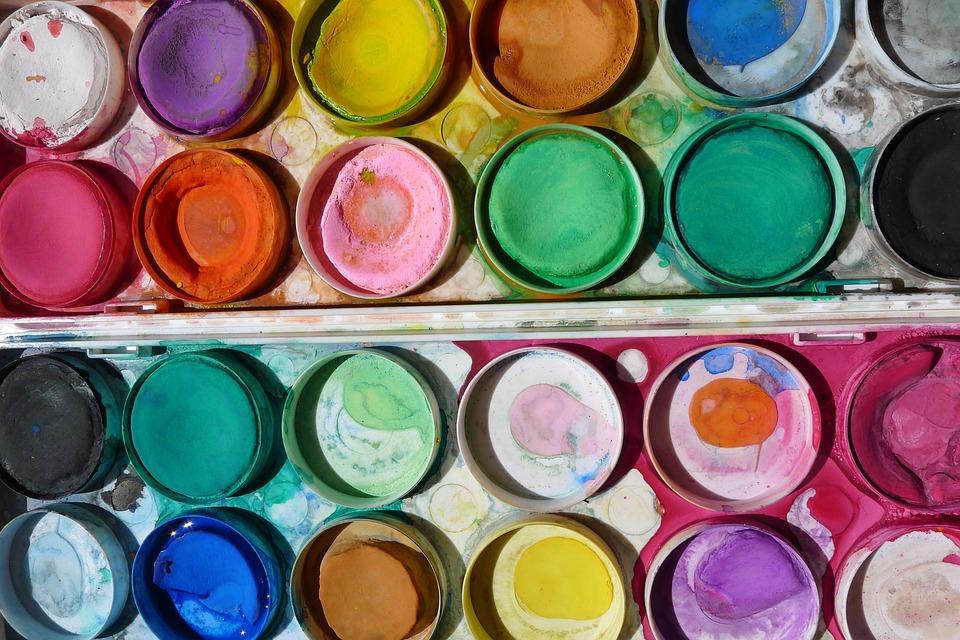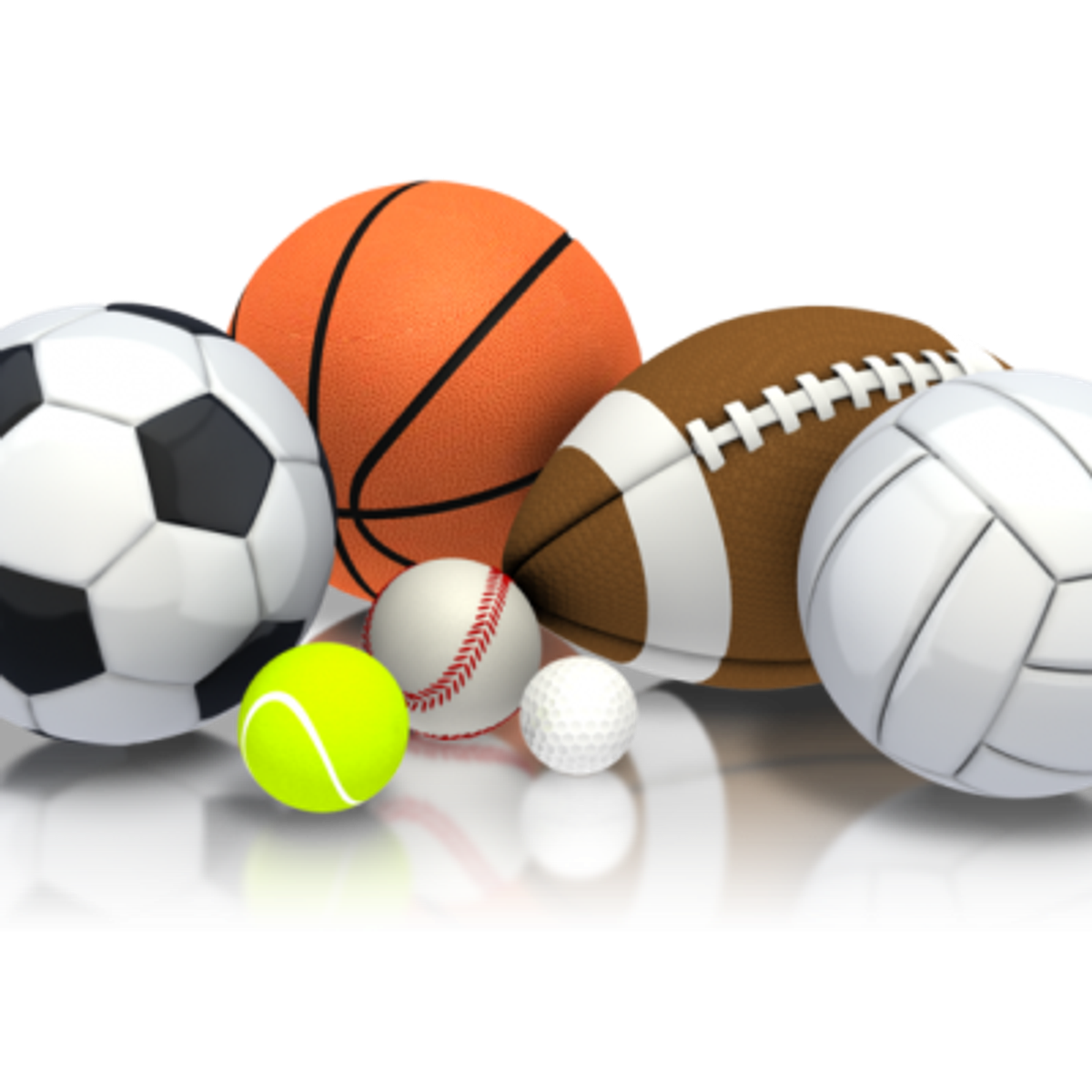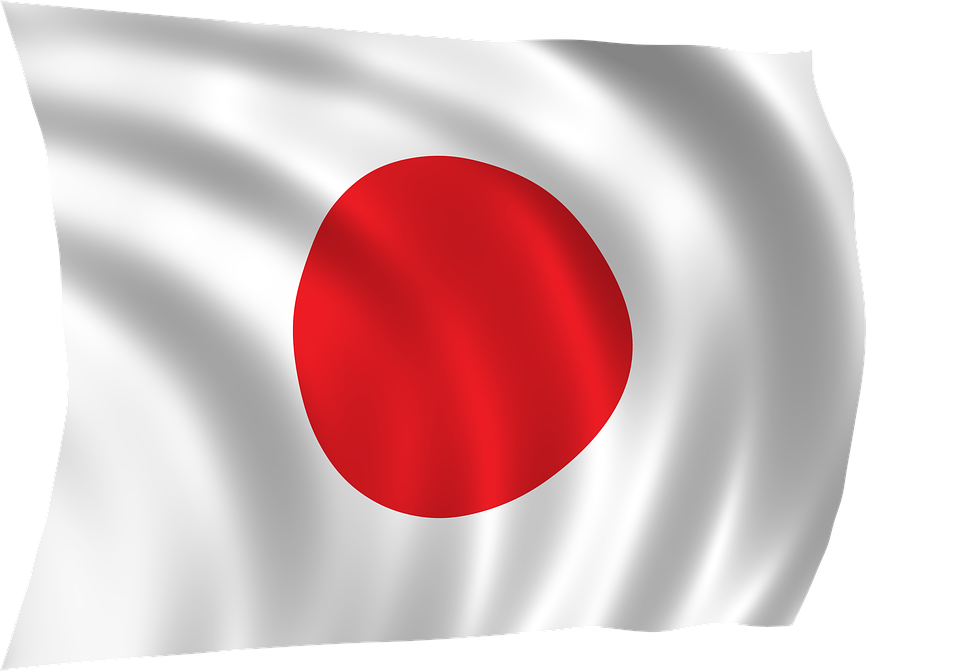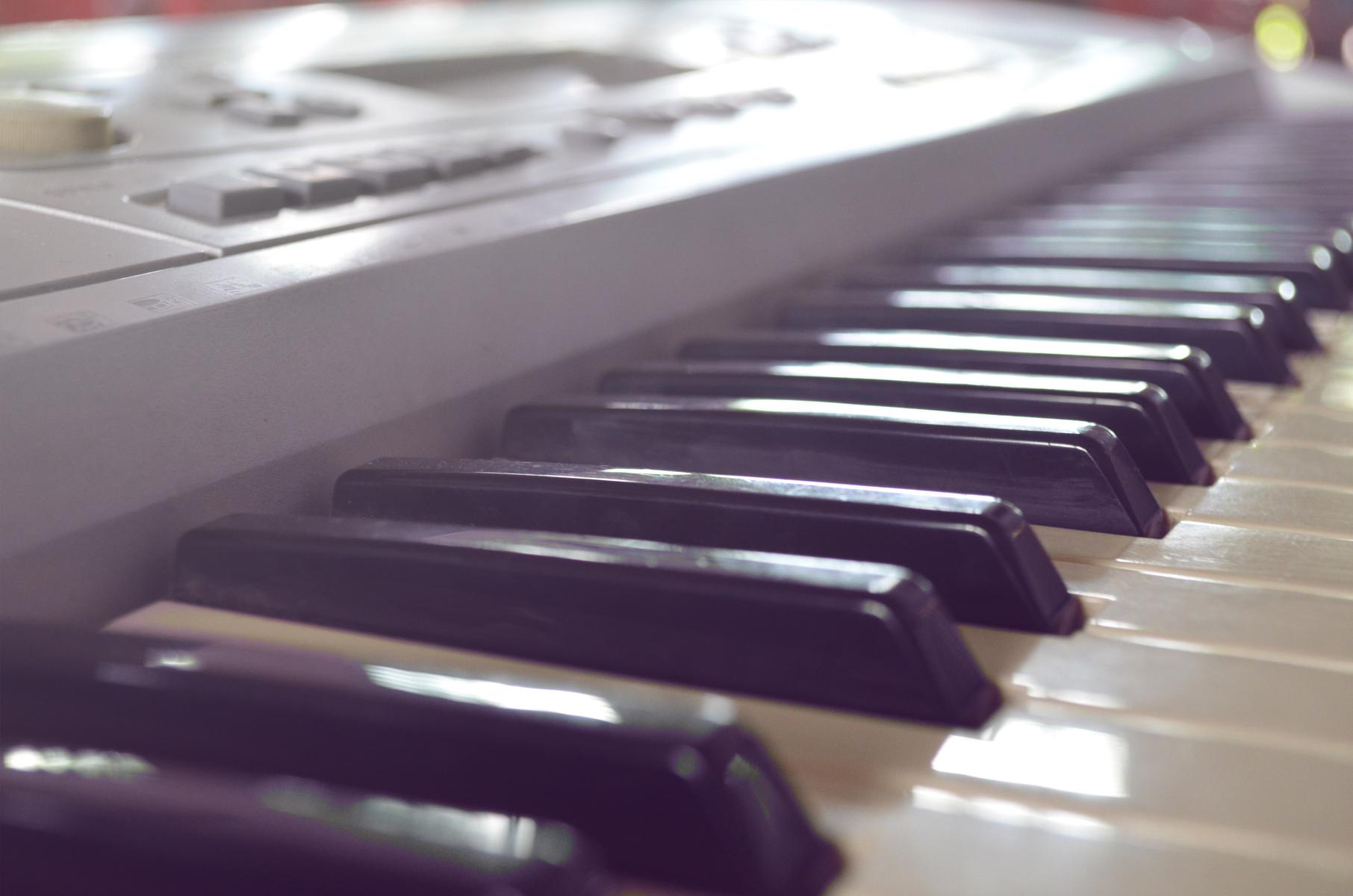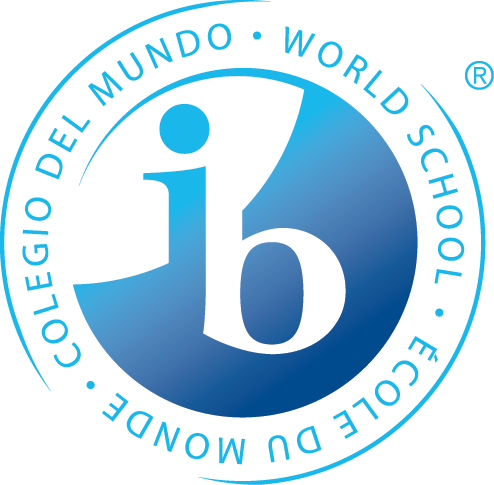2021
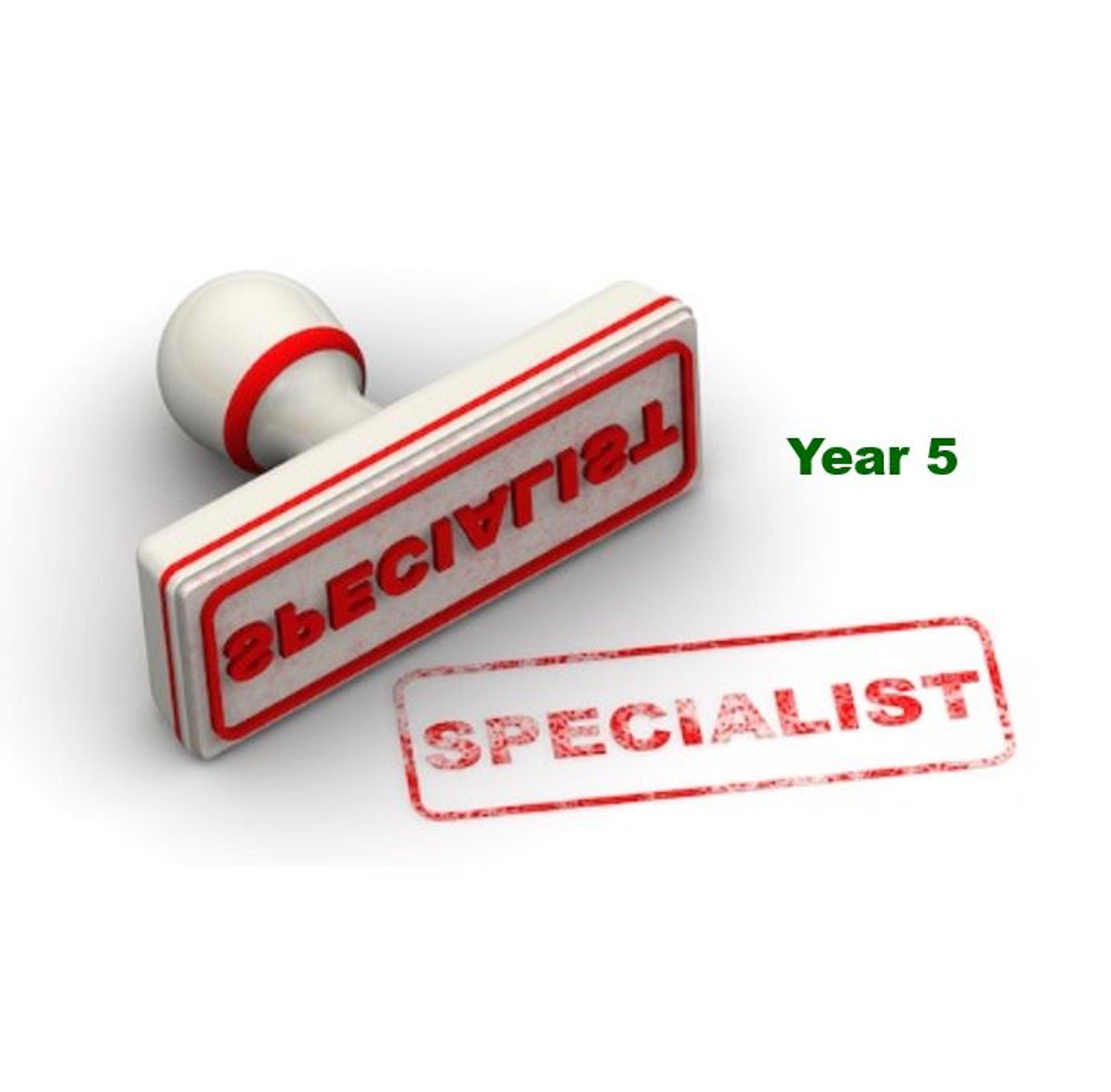
Library
The children are timetabled weekly, to borrow books from the Library with their classroom teachers. During these borrowing sessions, they will gain a better understanding of Library locations and the borrowing/returning procedures. The focus will be on reading for enjoyment, interest and information. The children will have the opportunity to consolidate their literacy skills and further their development in literature appreciation. The Library program also supports and extends the units of inquiry being studied in each year level and provides classrooms with resources to enrich the units offering varied forms of information.
Visual Arts
The Term 1 Visual Arts Unit of Inquiry is called 'Poster Art and Design', which integrates with the Transdisciplinary theme 'Who We Are'. The Unit focuses on the concepts of design with the use of perspective, composition, scale, colour and balance, inspired by the poster art of the Russian Constructivists.
Students participate in:
- Poster critique group session discussing poster works of the Russian Constructivists. To identify the effective use of composition, colour and balance.
- An Abstract pattern drawing using geometric shape and lines with the use of rulers and protractors. The students apply effective colour choice and composition.
- A Final poster combined collage of newspaper, magazine images, colour paper and abstract pattern drawing. This activity captures all design elements - composition, balance, colour and scale.
Physical Education
Team Building Activities and Parachute
Throwing and Catching Strategy Games
Modified Cricket And Softball Activities
Softball Clinic
Focus: Working together as a group showing tolerance and respect for others. Demonstrating open-mindedness and caring for each other.
Refine the basic and complex motor skills of throwing, catching and striking in game situations. The children will begin to evaluate the performance of a peer during modified Cricket and Softball games and learn to provide constructive feedback based on performance criteria to assist skill development.
Concepts: Responsibility - looking after each other and the sporting equipment needed in minor games. Safety on the sports field.
Learner Profile: Discussion with the children about Learner Profiles demonstrated during the lesson. Children identify peers that demonstrated a particular Learner Profile attribute.
Japanese
Concepts
Responsibility
Form (pattern)
Perspective (point of view of others)
Connection (relationship, network)
Themes/activities
Holiday stories
Describe my holiday stories with KEIYOSHI (adjective) in the past tense.
Eg. It was yummy! おいしかった!
Essential agreements in Japanese room.
Spell the agreements in HIRAGANA characters. Eg. にほんご がんばります(Try to use Japanese)
- Hiragana / Katakana / Kanji characters
- Let’s spell my name and grade in Japanese.
- Greetings and classroom words (revision)
- Eg. かしてください (May I borrow this?)
- HINAMATSURI (dolls festival)
- How do Japanese celebrate the festival?
- Japanese immigrants in Australia.
- When did they start immigrating into Australia?
- Living in Japan as a foreigner
Music
Transdisciplinary theme: Who We Are/ Where We Are In Place And Time
Use imagination and knowledge of standard Western notation, as well as those of other cultures, to record musical ideas using melodic and non-melodic instruments.
Central Idea: Understanding different perspectives influences the way people relate to each other.
Students will:
- Revise Western notation
- Learn other types of notation – specifically Chinese and Indian
- In a group, create a new type of notation, either completely unique or drawing on ideas learned
- Create a group composition using original style of notation and perform it.


